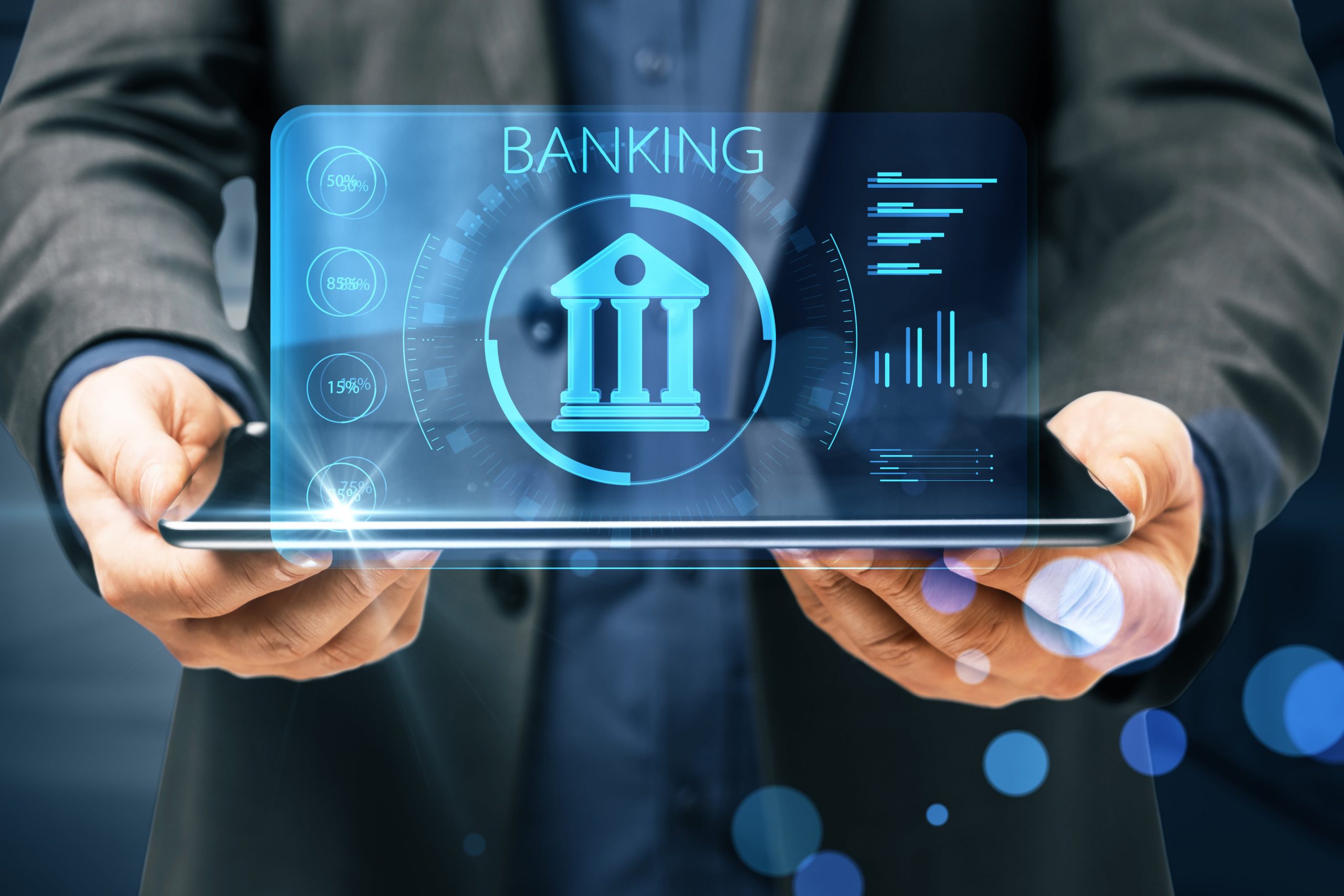Technology has played a significant role in transforming the banking sector in recent years, helping financial institutions streamline their operations, reduce costs, and enhance the customer experience. This article explores the role of technology in modern banking, from digital tools to innovative fintech solutions, and how these advancements are shaping the future of banking.
1. Automation and Efficiency in Banking Operations
Automation is one of the key ways technology is improving banking operations. By automating repetitive tasks, banks can reduce manual errors, save time, and allocate resources more effectively.
- Robotic Process Automation (RPA): Banks are using RPA to automate routine tasks like data entry, account opening, and loan processing, reducing the need for human intervention.
- Automated Customer Service: AI-powered chatbots and virtual assistants help resolve customer inquiries quickly, offering 24/7 support and reducing wait times for customers.
- Document Automation: Technology is automating document verification, ensuring that the required paperwork is processed more quickly and accurately.
2. Digital Banking Solutions for Customers
Today’s customers expect banking services to be available at their fingertips, 24/7. Digital banking solutions allow customers to perform a wide range of transactions from the comfort of their homes or while on the go.
- Online Banking: Customers can check account balances, pay bills, transfer funds, and access a variety of services through secure online banking platforms.
- Mobile Payments: The growth of mobile wallets and contactless payment systems has made it easier for customers to make payments without the need for physical cards or cash.
- Personal Finance Management: Digital tools, such as budgeting apps and financial planning tools, help customers manage their finances and make more informed decisions about saving and investing.
3. Artificial Intelligence and Data Analytics
AI and data analytics are revolutionizing how banks interact with customers, manage risks, and improve operations. Banks are leveraging vast amounts of data to gain insights into customer behavior, detect fraud, and predict future trends.
- Customer Insights: AI-driven data analytics help banks understand customer preferences and offer personalized products, services, and promotions.
- Fraud Detection: Banks are using machine learning models to monitor transactions in real time, identifying suspicious behavior and preventing fraudulent activities.
- Risk Management: AI algorithms help banks assess and manage risk more effectively by analyzing market conditions, customer data, and external factors.
4. Digital Lending and Peer-to-Peer Platforms
Technology is transforming the lending process, making it faster, more efficient, and accessible to a wider audience. Digital lending platforms and peer-to-peer (P2P) lending services have become more popular in recent years.
- Online Lending: Borrowers can apply for personal loans, business loans, or mortgages online, with the approval process streamlined using digital tools and AI algorithms.
- Peer-to-Peer Lending: P2P platforms connect borrowers directly with investors, eliminating the need for traditional banks as intermediaries and offering lower rates for borrowers and higher returns for lenders.
- Credit Scoring: Digital lenders use alternative data sources, such as social media activity or utility payments, to assess creditworthiness, expanding access to credit for individuals without traditional credit histories.
5. Blockchain and Its Role in Modern Banking
Blockchain technology is becoming an increasingly important tool in the banking sector, offering benefits such as enhanced security, transparency, and faster transactions.
- Security and Privacy: Blockchain’s decentralized nature ensures that transactions are secure and tamper-proof, protecting customer data and reducing the risk of fraud.
- Faster Transactions: Blockchain technology enables faster and cheaper cross-border payments by eliminating intermediaries.
- Smart Contracts: Blockchain’s ability to automate contract execution is helping banks streamline processes such as loan agreements, insurance claims, and trade settlements.
6. The Future of Banking Technology
The future of banking will be heavily influenced by technology, with innovations such as artificial intelligence, blockchain, and the Internet of Things (IoT) continuing to shape the industry.
- AI and Automation: AI-powered tools will continue to play a central role in improving customer experience, reducing operational costs, and increasing efficiency.
- Blockchain Integration: The widespread adoption of blockchain in banking could lead to more secure, efficient, and transparent financial systems.
- Open Banking: Open banking will continue to evolve, with third-party developers creating new products and services that allow customers to have more control over their financial data.
Conclusion:
Technology has transformed the banking industry, creating a more efficient, accessible, and secure financial ecosystem. From automation and AI to blockchain and digital lending, modern banking is continuously evolving to meet the demands of customers and improve operational efficiency. As technological advancements continue to shape the future of banking, financial institutions must adapt and innovate to stay competitive in an increasingly digital world.

